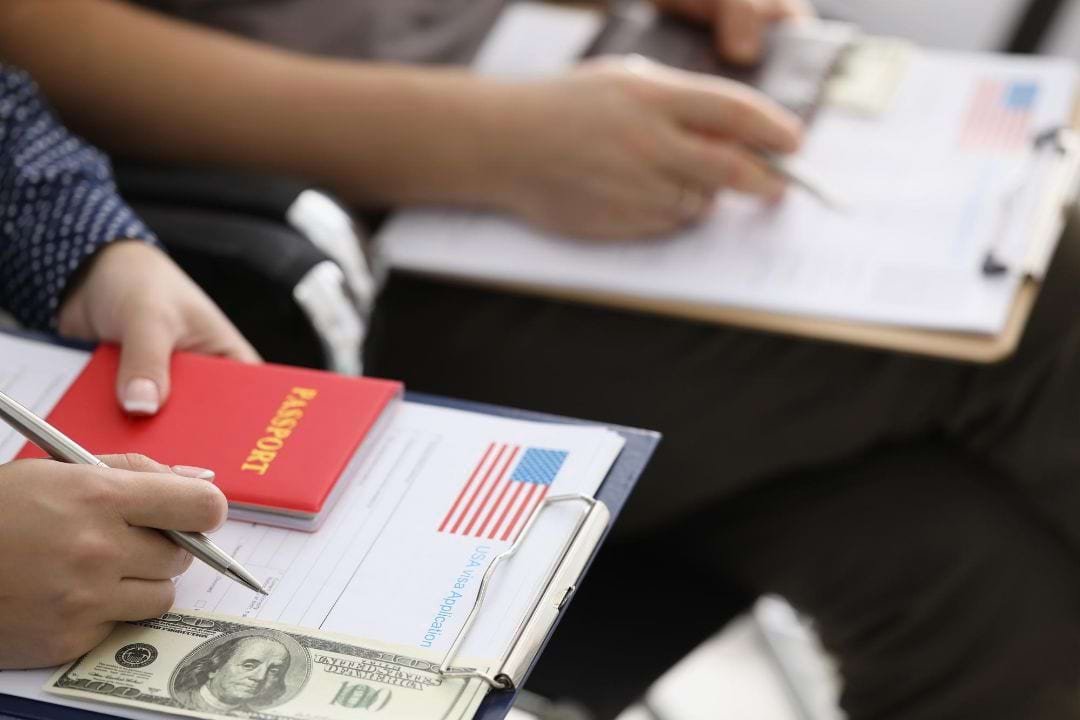Beginning in 2024, Kosovars will be able to visit Schengen nations without a visa, saving them money because the application fee for a visa now costs about €35.
According to EU Helpers, Kosovar citizens frequently spend between €150 and €200 on visa applications, despite the average wage in Kosovo being close to €250. This is because visa application centers charge even more for the services involved in the application process.
According to Schengen Statistics, Kosovar citizens submitted 121,97 visa applications in 2022, costing €4.2 million in fees and losing €478,590 due to the rejection of 13,674 of those applications.
Kosovar natives filed a record number of visa applications in the same year, a record that could be broken given the rising interest in visiting the region without borders.
Kosovars have spent around €22.3 million on visa applications over the past nine years, with the years 2022 and 2019—post and pre-pandemic periods, respectively—recording the highest costs, with 108,774 visa applications being submitted in 2019 alone.
During the pandemic, the number of visa applications filed fell precipitously; in 2020 and 2021, 24,566 and 44,666 applications, respectively, were submitted, costing €2.4 million in visa costs.
Additionally, between 2014 and 2022, 71,860 applications were submitted on average, for a total of €2.5 million in visa requests. However, the costs would be substantially greater in the pre-pandemic era when, despite fewer applications being submitted, the rejection rate was significantly higher than it would be after 2020.
More specifically, 17,831 visa applications were rejected in 2014, representing a rejection rate of 24%. Similar to that, the rejection percentage was 19.6% the following year and stayed about the same for the years to follow, but it somewhat decreased in the post-pandemic period, falling to 11.2%, or 13,674 applications out of a total of 121,972 applications.
In the past year, 102, 017 visa applications for Kosovar applicants were granted, allowing them to travel to the Schengen Area, while 4,360 multi-entry applications were also granted.

